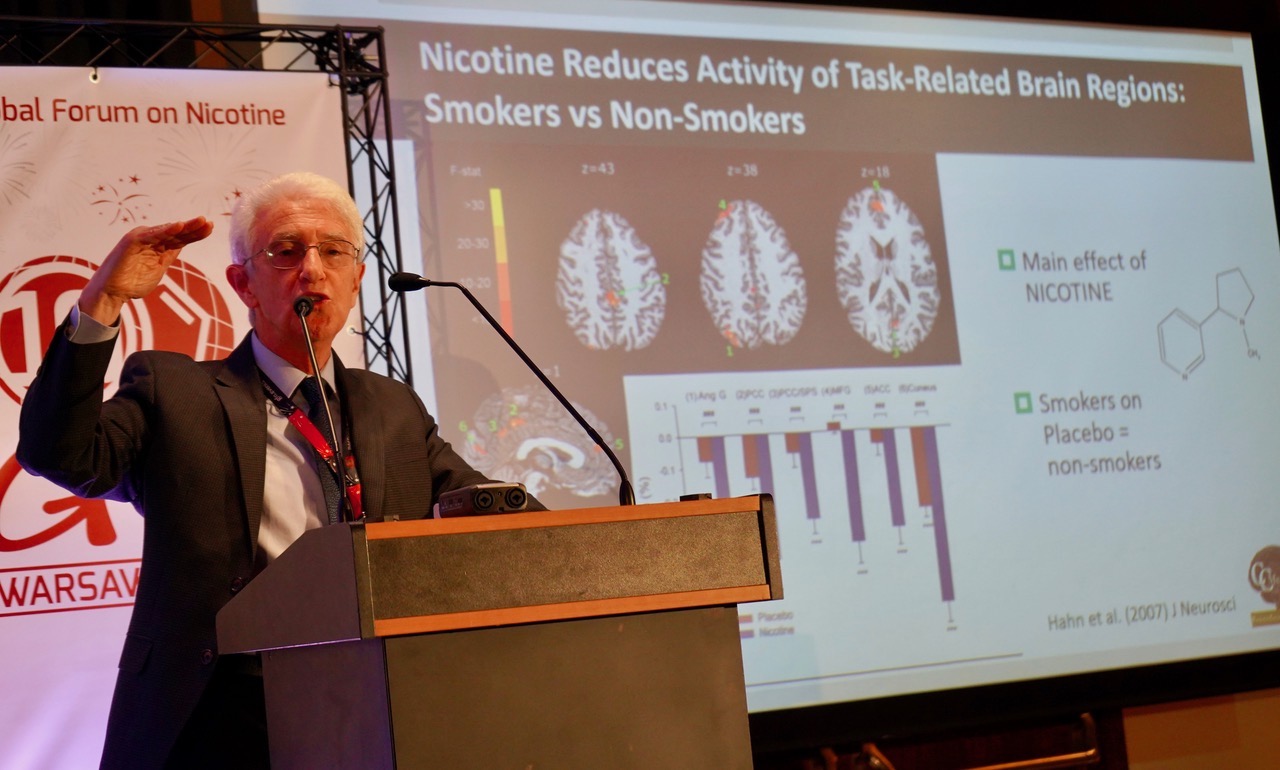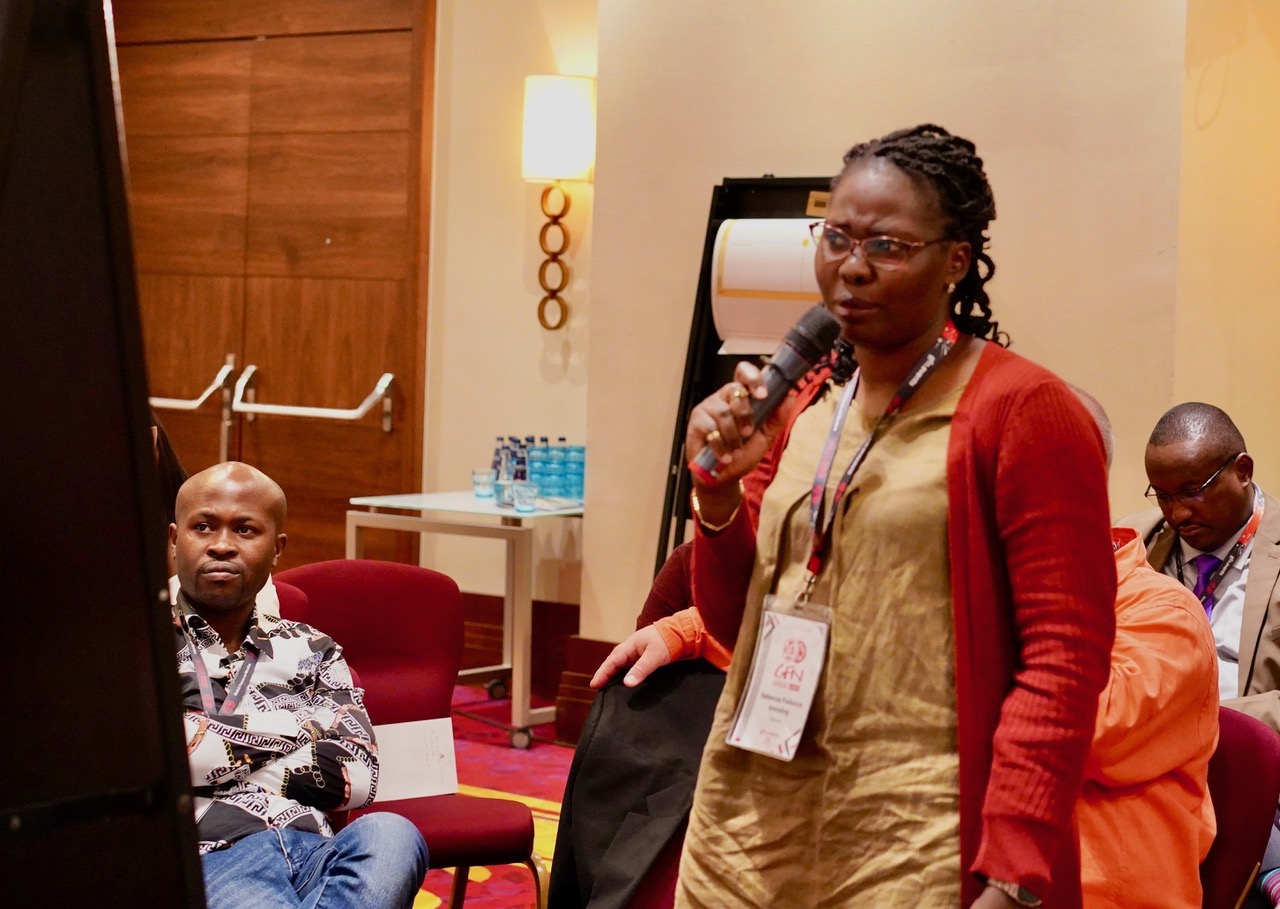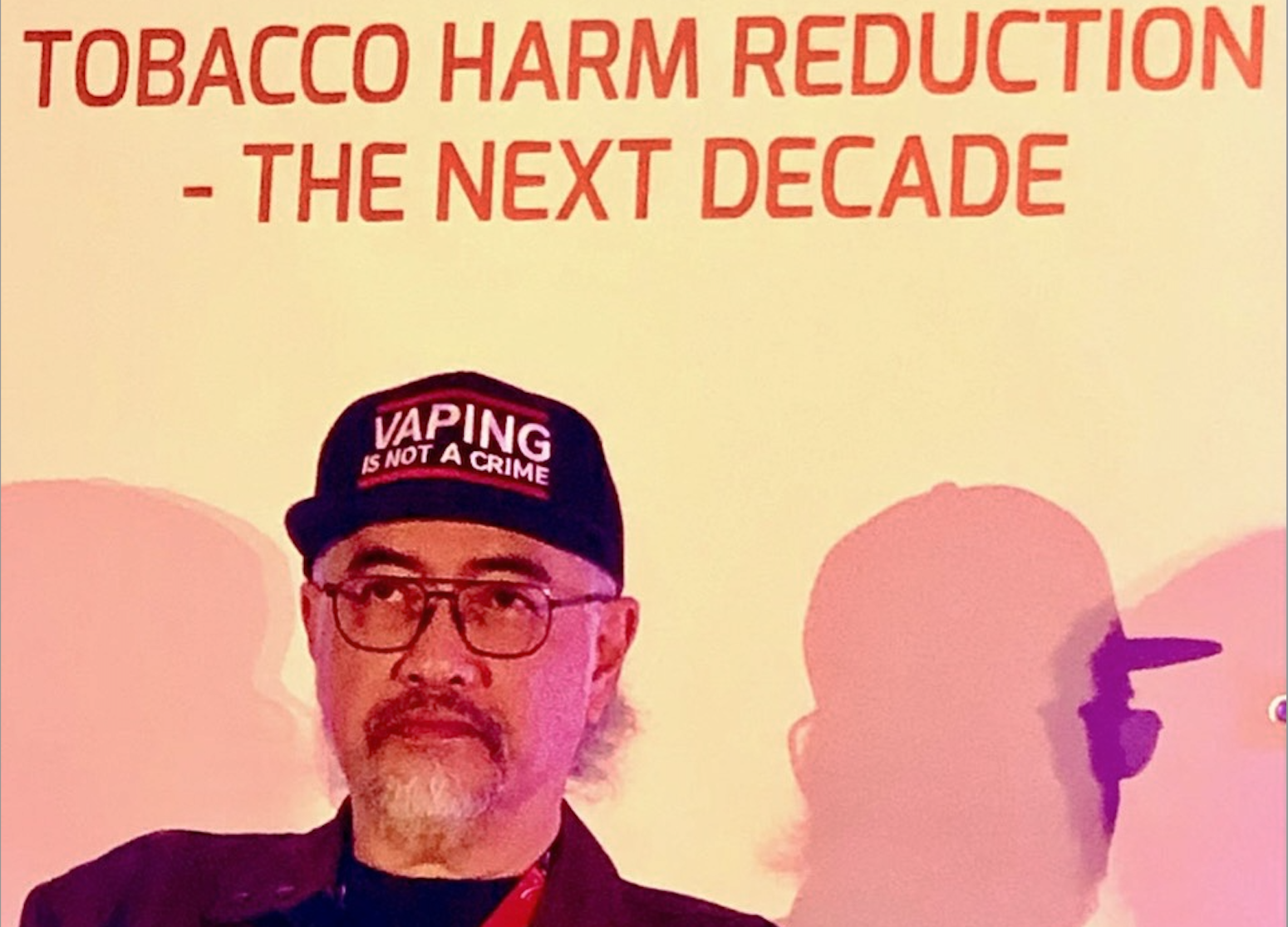The Global Forum on Nicotine (GFN) has just been held for the 10th time. It’s been a helluva decade! GFN has been a lonely, brave platform in robustly exploring and unapologetically promoting tobacco harm reduction (THR).
That’s a critical role in the face of a global war on THR—funded in large part by billionaire Michael Bloomberg’s funneling millions to fanatical anti-vaping groups—which has restricted access to harm reduction for countless millions of people who smoke. Even the World Health Organization has been influenced by Bloomberg’s opposition to safer nicotine producers (SNP). Add a global corporate media ever-eager to whip up a vaping panic, spread disinformation based on junk science and demonize nicotine, and the future looks bleak. Or does it?
Fortunately, the enemies of THR have never deterred Professor Gerry Stimson and Paddy Costall, the indefatigable founders of GFN. Steeled as early pioneers of harm reduction for illicit drugs, Stimson and Costall simply won’t back down. Over a decade, the British pair—who retired from their leadership roles this year, but will remain involved—have knitted together a powerful, international network of individuals and organizations committed to the human right of SNP information and access for everyone.

Prof. Gerry Stimson
From the start, GFN has been the place to organize against the zealots, bringing together nicotine consumers and other leading experts to share cutting-edge research, shine a critical light on SNP use and regulation, and foster harm reduction advocacy.
This year’s GFN took place from June 21-24, in Warsaw, Poland, as always. It stands out for its truly international scope, with many delegates from Africa, Asia and Latin America. “There were around 400 attendees from 84 countries,” Jessica Harding, GFN’s program director, told Filter. Two sessions were conducted in Spanish and translated into English; translators made other sessions available in Spanish, Russian and Mandarin Chinese. The technical support team makes an exceptional contribution to GFN—as do the outstanding staff of the Warsaw Marriott, the venue ever since 2014, among much else refilling the espresso machines that make perfect drinks for people who use caffeine.
Despite their governments, people who smoke are quitting: Over 100 million worldwide now use SNP.
The 2023 event’s forward-looking theme was: Tobacco Harm Reduction—The Next Decade. The memorable opening address was from Dr. Roberto Sussman, a nuclear physicist at the University of Mexico, who became a leading THR advocate through utter exasperation at the disconnect between nicotine science and policy. Panels, workshops and plenaries tackled myriad issues: from reducing the environmental impact of disposable vapes, to regulation in the Philippines and Central Asia, advocacy strategies, the politics of scientific publishing, and inequality of access.
GFN conveyed an overall sense that even though THR remains under attack, progress has been made. In particular, the science that vaping is safe and effective for quitting smoking is more widely accepted: The evidence continues to pile up, and at some point cannot be ignored. And despite their governments, people who smoke are quitting: Over 100 million worldwide now use SNP—a figure held back by disinformation and still dwarfed by combustible tobacco use, but nonetheless vastly more than just a few years ago.
 Dr. Amaliya Amaliya of the dental faculty of Padjadjaran University, Indonesia
Dr. Amaliya Amaliya of the dental faculty of Padjadjaran University, Indonesia
Dr. Marewa Glover, a Māori researcher from New Zealand, hosted the workshop, “Facilitators and Barriers to Switching or Quitting: Context Matters,” along with Tomás O’Gorman, a lawyer and advocate from Mexico, and Judy Gibson from the United Kingdom, membership coordinator for the International Network of Nicotine Consumers Organization (INNCO). Participants identified barriers to switching or stopping smoking for people on low incomes, people with mental health conditions and substance use disorders, women, and people in Latin America and Asia.
“Let’s get nicotine out of jail.”
Among the many obstacles recognized were affordability of SNP, misinformation from health professionals and governments, prohibition and stigma. “When your life is tough, you want a cigarette to cope,” one participant said, “and if it’s your only pleasure in life, it’s hard to give it up.”
The “Changing Face of Nicotine” session reflected both science and prevailing attitudes. Dr. Paul Newhouse of Vanderbilt University in the United States explained how nicotine is used for “mood management,” with similar effects to Ritalin. “Let’s get nicotine out of jail,” urged Garrett McGovern, a doctor from Dublin, Ireland. “Nicotine reminds me of [former UK Labour Party leader] Jeremy Corbyn, it gets blamed for everything.”

Dr. Paul Newhouse
In the workshop “Medicinal Licensing of Vaping Products and the Potential Implications of Public Health,” debate broke out between users of commercially available vapes and representatives of Qnovia—a company that’s created RespiRx, a nicotine inhalation device. CEO Brian Quigley stated that Qnovia is currently seeking approval for RespiRx as a prescription-only product from the US Food and Drug Administration (FDA).
Medicalizing nicotine has always concerned consumers for its potential to give authorities an excuse to remove nicotine from low-barrier general markets: Australia is a stark example of a prescription-only model, in contrast to the UK’s plans to introduce vape prescribing alongside general availability. Many consumers view SNP as products that provide pleasure, as well as harm reduction—not as medical devices utilized for “treatment” or a “cure.”
“I’m a vaper, and when I was a smoker, I wasn’t ill and I didn’t need treatment,” said panelist Martin Cullip, a British advocate. “There is this mistrust that once you get prescription vapes, the push will be towards getting rid of the consumer market entirely and having just the prescription route. I know this is something consumers are very worried about.” A prescription model, he added, would also limit flavors and device variety, when no single option fits everyone.
Dr. Jasjit Ahluwalia, a Brown University researcher with specializations in nicotine and racial disparities, chairs Qnovia’s scientific advisory committee. He stated that if RespiRX were FDA-approved, doctors would prescribe it and Medicaid and Medicare would cover it. That, he argued, would help vulnerable populations with the highest rates of smoking.
“In Australia, we are leading the way on what not to do. I apologize for that.”
Some in the audience disagreed. One woman emphasized that mistrust of physicians and the medical establishment is widespread in Black communities, and among people who use drugs or are homeless. Dr. Ahluwalia replied, “The younger generation doesn’t remember Tuskegee,” sparking further audience disagreement. The heated debate made clear that the medicalization of nicotine will continue to divide the THR community.
The nicotine prescription-only model was blasted in “Regulation Case Study: Australia,” by speakers including politician Fiona Patten, a former member of the Victoria legislature and leader of the Reason Party. “In Australia, we are leading the way on what not to do. I apologize for that,” she said.
Many events about tobacco use strictly exclude anyone with real or perceived links to the industry or THR advocacy. Part of GFN’s unique value is that everyone is welcome—consumer organizations, health care providers, politicians, regulators, researchers and manufacturers. Even anti-THR organizations are invited, Stimson stressed—although they stay away, doubtless afraid of having their claims challenged.

Panelists including Indian advocate Samrat Chowdhery (left), Fiona Patten (second left) and Moira Gilchrist (second right)
In the workshop, “Tobacco Harm Reduction: Who Has a Stake in the Game?,” Moira Gilchrist of Philip Morris International (PMI) made the case for her company’s involvement. PMI makes IQOS, a heated tobacco product, and recently acquired Swedish Match, which makes nicotine pouches and snus. Gilchrist said that the company has the will to change, the money to invest in science, understanding of people who smoke and how to encourage switching, and the scale to get products to market quickly.
“I’m not knocking small mom-and-pop vaping shops,” Gilchrist said. PMI has pledged to transition to being a smoke-free company. While many observers may doubt its motives and dislike its involvement, fostering dialogue, according to GFN’s philosophy, is better than simply banning communication or participation.
In recent years, parallel initiatives have been added to the mission of GFN. Knowledge-Action-Change (KAC), the sister company of GFN-organizer KAC Communications, launched its Tobacco Harm Reduction Scholarship Program in 2018. Its global impact has seen dozens of participants from India, Malawi, Nigeria, Romania and the US, among many other countries, complete a wide range of projects—from documentary filmmaking, to studying the impact of vaping on oral health, to exploring the process of switching to snus. The program’s patron is Ethan Nadelmann, founder of the Drug Policy Alliance.

One of the current scholars
Another vital KAC contribution is its Global State of Tobacco Harm Reduction project, which has documented the global history and development of THR, as well as regularly tracking use, availability, barriers, and regulatory responses to SNP around the world. It is an indispensable resource.
“Tobacco control needs enemies.”
One of the last GFN plenary discussions, “The Tobacco Control Playbook,” was a much-needed examination of the dishonesty and spite of anti-THR campaigns. Nancy Loucas, cofounder of New Zealand’s Aotearoa Vapers Community Advocacy and leader of CAPHRA, expressed frustration that public health officials and anti-vaping groups just aren’t willing to engage with THR advocates. “They skip the debate and go straight to the smear,” she said.
“Tobacco control needs enemies,” observed Prof. Stimson, who, like many others present, has been personally maligned for supporting THR. “We should all be working together,” he said, “to bring an end to smoking.”
All photographs, including top photograph of Thai advocate Asa Saligupta, by Helen Redmond
Filter was an official media partner of GFN 2023. The Influence Foundation (TIF), which operates Filter, has separately received restricted grants and donations from KAC. Filter team members and tobacco harm reduction fellows have participated in KAC’s Tobacco Harm Reduction Scholarship Program. TIF has also received grants from PMI. TIF, KAC, INNCO and Dr. Glover’s Centre of Research Excellence: Indigenous Sovereignty & Smoking have all received grants from the Foundation for a Smoke-Free World. TIF previously received a restricted grant from the Drug Policy Alliance. Filter‘s Editorial Independence Policy applies.





Show Comments